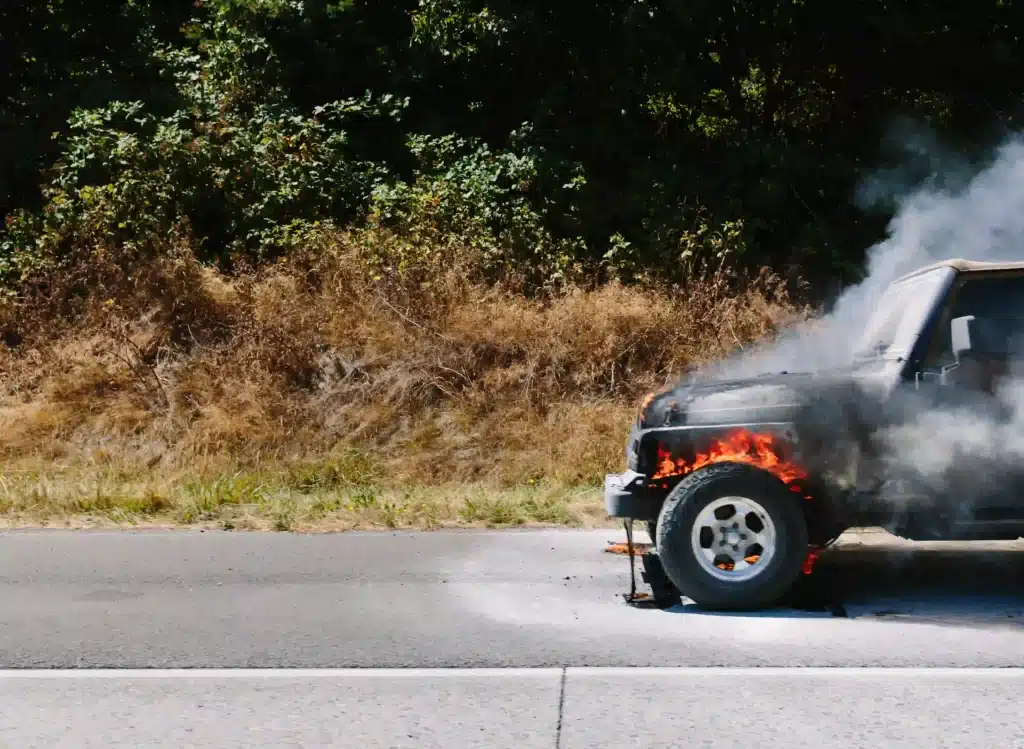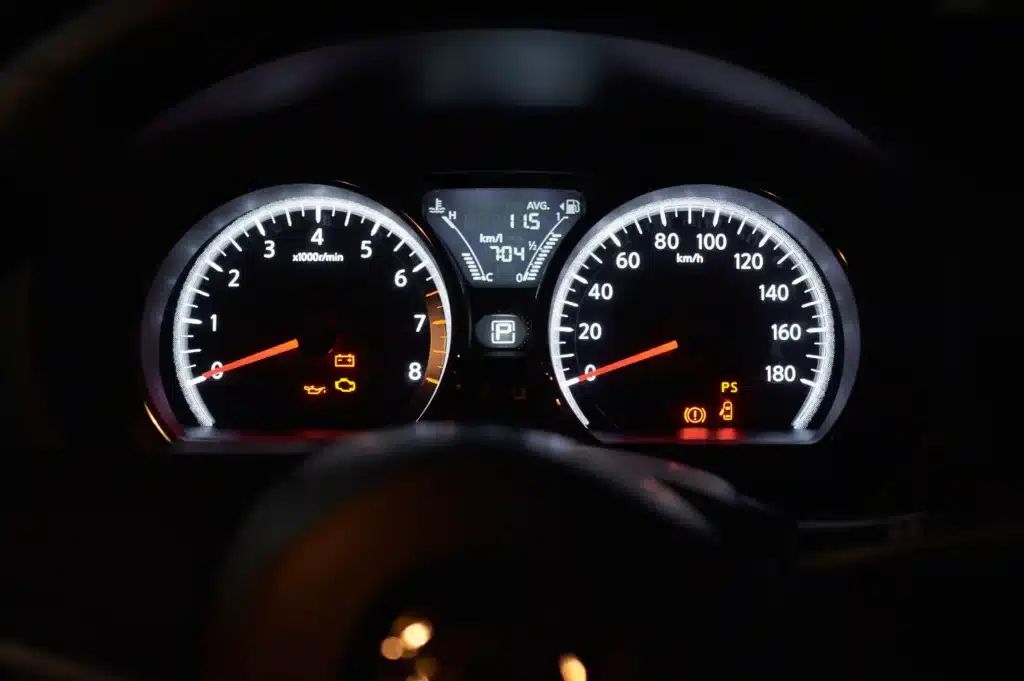Claims for Collision Avoidance System Defects
Home » Your Guide to Lemon Law Claims: Resources and Support » Collision Avoidance System Defects

Many auto manufacturers implement some form of a collision avoidance system in their vehicles. These systems, also known as pre-crash, forward collision warning or collision mitigation systems, are intended to prevent crashes. One such example is autonomous braking systems that prevent crashes by detecting obstacles in the road, alerting the driver to said obstacles and, if the driver does not or cannot respond in time, apply the brakes automatically.
However, these collision avoidance systems can malfunction in a way that compromises your safety. If your collision avoidance system repeatedly malfunctions and your local dealership or repair shop can’t seem to fix it, you may be able to file a lemon law claim against your auto manufacturer. Keep in mind that the California Lemon Law lists specific criteria regarding which vehicles qualify for its protection.
The California Lemon Law
It is vitally important to understand the basic consumer rights by the California Lemon Law. For instance, you need to understand which vehicles are covered, what counts as a defective vehicle, and what you can expect to get if your vehicle is found to be a lemon.
This consumer protection statute applies to new or used vehicles that are bought or leased from authorized dealerships in California with warranties issued by the auto manufacturer. For a vehicle to qualify under the California Lemon Law, the motor vehicle has to have been set aside for personal, family or household use, have a problem that impacts its use, value or safety, and has to have not been fixed within a reasonable number of repair attempts during the warranty period.
Exceptions exist for certain vehicles intended for business use and for vehicles purchased out of state. For example, a vehicle set aside for business use may qualify if it is registered to a business with no more than five vehicles, each under 10,000 pounds curb weight. Additionally, a vehicle purchased out of state may qualify if a member of the Armed Forces purchased it from an out-of-state dealership and is stationed in California at the time of filing a lemon law claim.
Types of Collision Avoidance Systems
Many auto manufacturers have their own versions of collision avoidance systems installed in certain vehicle models. The collision avoidance system feature can come standard in certain models, while remaining optional in others. Examples of collision avoidance systems across auto manufacturers include:
- Intelligent Brake Assist (IBA) in Nissan
- Forward Emergency Braking in Nissan
- Automatic Emergency Braking in Nissan
- EyeSight in Subaru
- Toyota Safety Sense or Lexus Safety Sense in Toyota and Lexus vehicles
- Honda Sensing, which includes Collision Mitigation Brake System, formerly Collision Mitigation System, in Honda and Acura vehicles
- Collision Warning with Auto Brake and Cyclist and Pedestrian Detection, and IntelliSafe in Volvo
What Collision Avoidance Systems Do
At their core, Collision Avoidance Systems, or crash avoidance systems, are driver assistance systems intended to prevent crashes by detecting possible causes of a crash (usually obstacles) and avoiding them by either alerting the driver or allowing the vehicle to take automatic action.
Driver assistance systems can include forward collision warning systems, autonomous emergency braking systems, emergency steering systems, blind-spot warning and automated lane keeping systems. Forward collision warning systems can prevent crashes by detecting obstacles through the use of cameras, radars or sensors and provide alerts to drivers.
Autonomous emergency braking systems can prevent crashes by triggering the brakes upon detection of an obstacle. Emergency steering systems can prevent crashes by automatically steering the vehicle for a short period of time. Blind spot warning systems use cameras, radars or sensors to detect vehicles that you cannot see in your side mirrors and alert drivers of their presence. Automated lane keeping systems can prevent crashes either by monitoring vehicle speed or preventing the vehicle from veering into another lane.
Collision Avoidance System Problems
When these systems work properly, they can prevent crashes at a rate of 22% to 41%. However, when these systems malfunction, they can put drivers in dangerous driving situations. Malfunctions of these collision avoidance systems can include:
- Warning messages on instrument clusters for non-existent problems
- Warning messages for multiple systems at the same time
- Randomly fluctuating highway speed without warning
- Detection or false alarms for non-existent obstacles
- Mistaking regular environment factors (lanes, road bumps, or variant weather conditions) for obstacles
- Automatically braking for obstacles that aren’t actually there
If an auto manufacturer, its dealerships or an authorized repair facility cannot remedy these problems within a reasonable number of repair attempts, then these collision avoidance systems may have turned your vehicle into a lemon. Learn more about common examples, including Nissan’s braking systems and Honda’s Collision Mitigation Braking system.
How Do I Know If My Collision Avoidance System is Defective?
The California Lemon Law lists specific criteria that determine whether a vehicle is considered defective. For your collision avoidance system to be considered defective under the lemon law, the recurring problems cause by the system have to be covered by the auto manufacturer’s warranty, have to have surfaced during the warranty period, have to impact your vehicle’s use, value or safety, and have to have not been fixed by your dealership or repair facility despite a reasonable number of repair attempts.
The number of repair attempts considered “reasonable” is determined on a case-by-case basis. The number of attempts considered “reasonable” can be influenced by the safety concerns posed by your recurring vehicle problems.
Consult a California Lemon Law Attorney
If you want to know whether the problems with your vehicle’s collision avoidance systems qualify your vehicle for a lemon law claim, consult with a lemon law attorney regarding your situation. Getting a proper consultation will help you understand your legal options, determine what you need to pursue a lemon law claim, and what awards you may be eligible for under the law.
Neither the initial consultation nor our lemon law representation will cost you anything out of pocket. Fill out our consultation form below or call us at 833-208-8181.
Do You Have A Lemon Vehicle?
"*" indicates required fields





